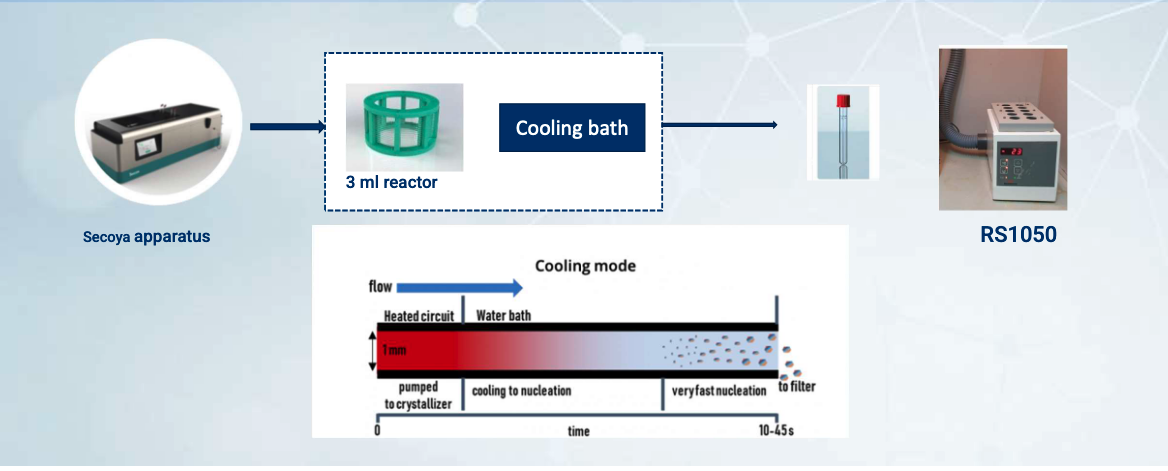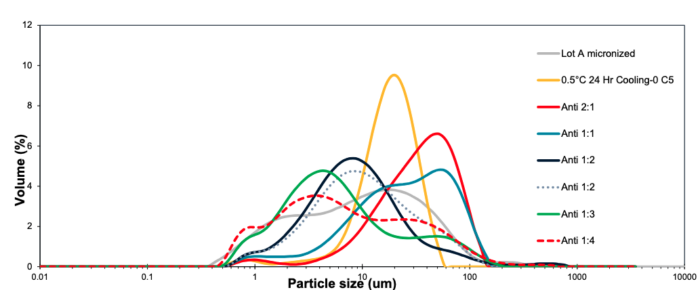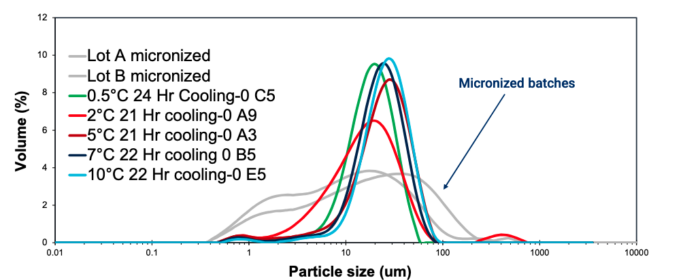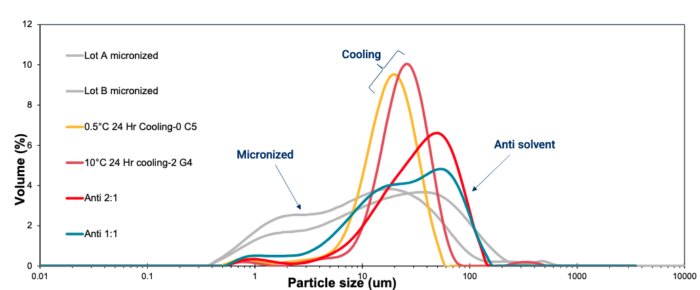Aspen API – Crystallization with Secoya technology
Aspen API, a global supplier of active pharmaceutical ingredients (APIs), conducted a research project in collaboration with Secoya Technologies to improve its crystallization process. The goal was to achieve a robust and reproducible particle size distribution (PSD) without the need for micronization, which has posed challenges due to the sticky nature of certain APIs.

To determine whether Secoya’s crystallization technology can achieve optimal PSD during crystallization, reducing or eliminating the need for micronization.




Cooling crystallization using Secoya’s technology has demonstrated potential as a method to achieve the desired PSD without the need for micronization.

Erik ter Voert
Sr. Lab. Technician at Aspen Oss B.V.
| Thank you for Signing Up |
